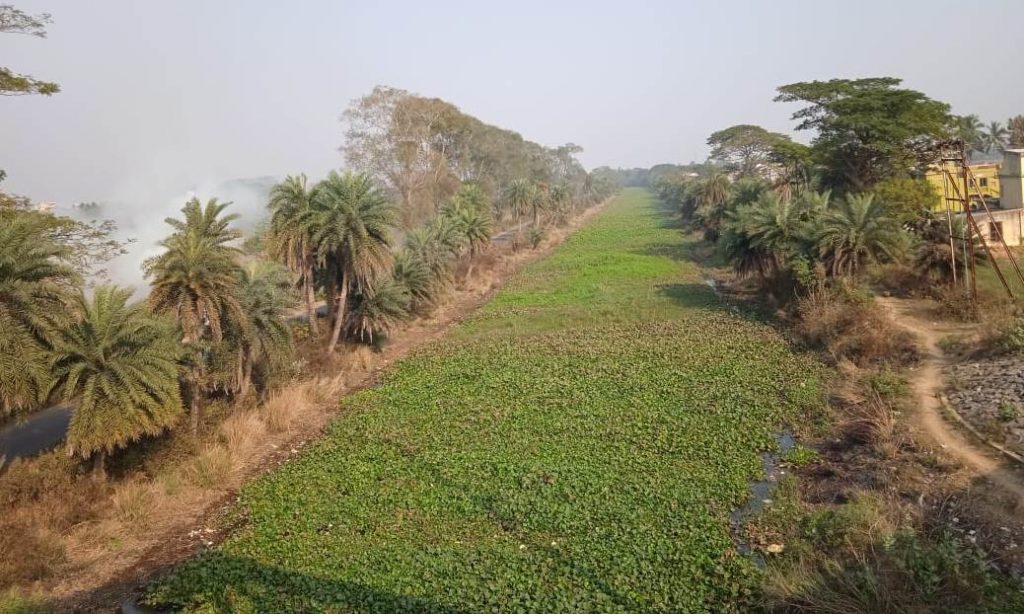Kendrapara: Farmers are turning away from agriculture due to lack of irrigational facilities to farmlands in this district, a report said. According to a survey, the district lacks large or medium scale industry except the presence of some cottage units most of which have been tottering on the brink.
As a result, over 79 per cent of the economy in the district is dependent on agriculture. Kendrapara is a flood-prone district and every year cultivation in 55 panchayats in the remote regions get destroyed. This has threatened food production in the district.
The district has over 1, 82,184 hectares of farmland but they are deprived of irrigation facilities despite presence of around seven rivers and 27 branch canals. The district annually receives 1340 millimeter of rainfall. However, this has failed to be of any use for irrigating the farmlands.
This has happened as formation of Pani panchayat has remained a non-starter with over half of the agricultural land being deprived of irrigation.
Niranjan Parida, a farmer, and farmer leader Gayadhar Dhal alleged political leaders have no time to spare some thoughts for the benefit of farmers. They only remember us at the time of elections. They make tall claims in their election manifestoes for improvement of agriculture and farmers but forget us after elections are over.
Over 36, 038 hectares of high farmlands lack irrigation facilities while drainage of water has become a problem in over 70,333 hectares. Government records claim that over 65,032 hectares of farmland out of 75,818 hectares have irrigation facilities.
However, the ground reality is something else. Among nine blocks in the district, Aul, Rajnagar and Rajkanika have no canals for irrigating the farmland in their areas.
The state government had announced ensuring irrigation facilities for 35 per cent of farmland in each block. However, the promise is yet to be delivered. As a result, agriculture is no more alluring for which the youths and their elders are turning away from cultivation and migrating to outside of the state.
Pramod Kumar Swain, an RTI activist, alleged that how the reality is in sharp contrast with government records. He alleged that the state government had inflated records on providing irrigation facilities to a majority of farmlands but a ground study will nail the lie.
Reports obtained from the agriculture department claimed that out of 28,070 hectare of farmlands in Mahakalapara block only 6,823 hectares have irrigation facilities. Similarly, out of 25,895 hectares in Rajnagar block only 19.16 per cent of farmland has irrigation facilities.
Over 33.62 per cent of farmland in Rajkanika block receives water from lift irrigation points and other sources. The district has over 1,114 lift irrigation points and 3,063 solo tube wells to irrigate over 30,681 hectares of farmlands while 10,624 hectares of farmland receive water from other sources. The government’s lie will be exposed if a survey is undertaken at the ground zero level.
Banambar Sahu, a senior resident, alleged that the formation of Pani panchayat in the district has remained a non-starter with major portions of the grants going to the pockets of government officials and the panchayat members. He said the farmland could be provided with water by constructing barrages and small embankments in various rivers and canals flowing through the district.
Moreover, rivers like Gobari, Jambu and Kendrapara and Pattamundai canals have been buried with weeds and water hyacinths blocking the flow of water to farmlands. When contacted, Prabodh Kumar Rout, executive engineer in the water resources department, said construction of barrages and small embankments in rivers and canals is being undertaken to provide irrigation to farmlands.
PNN
